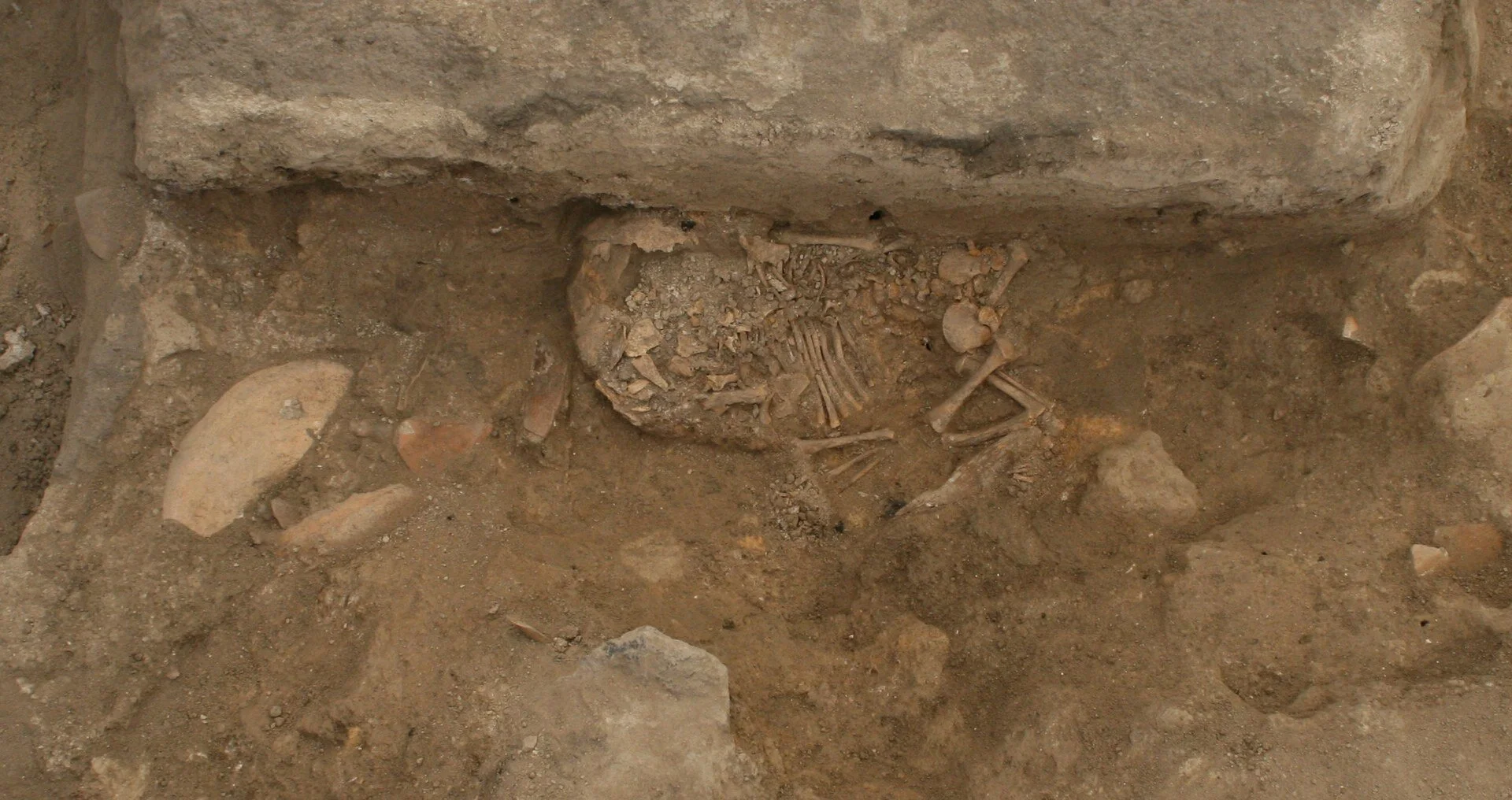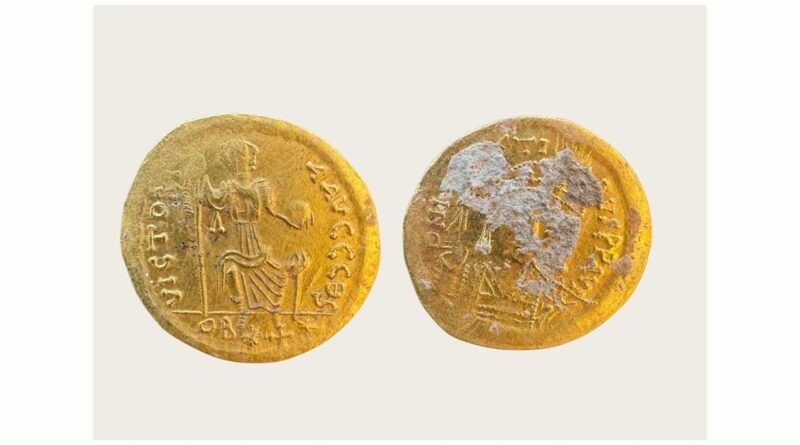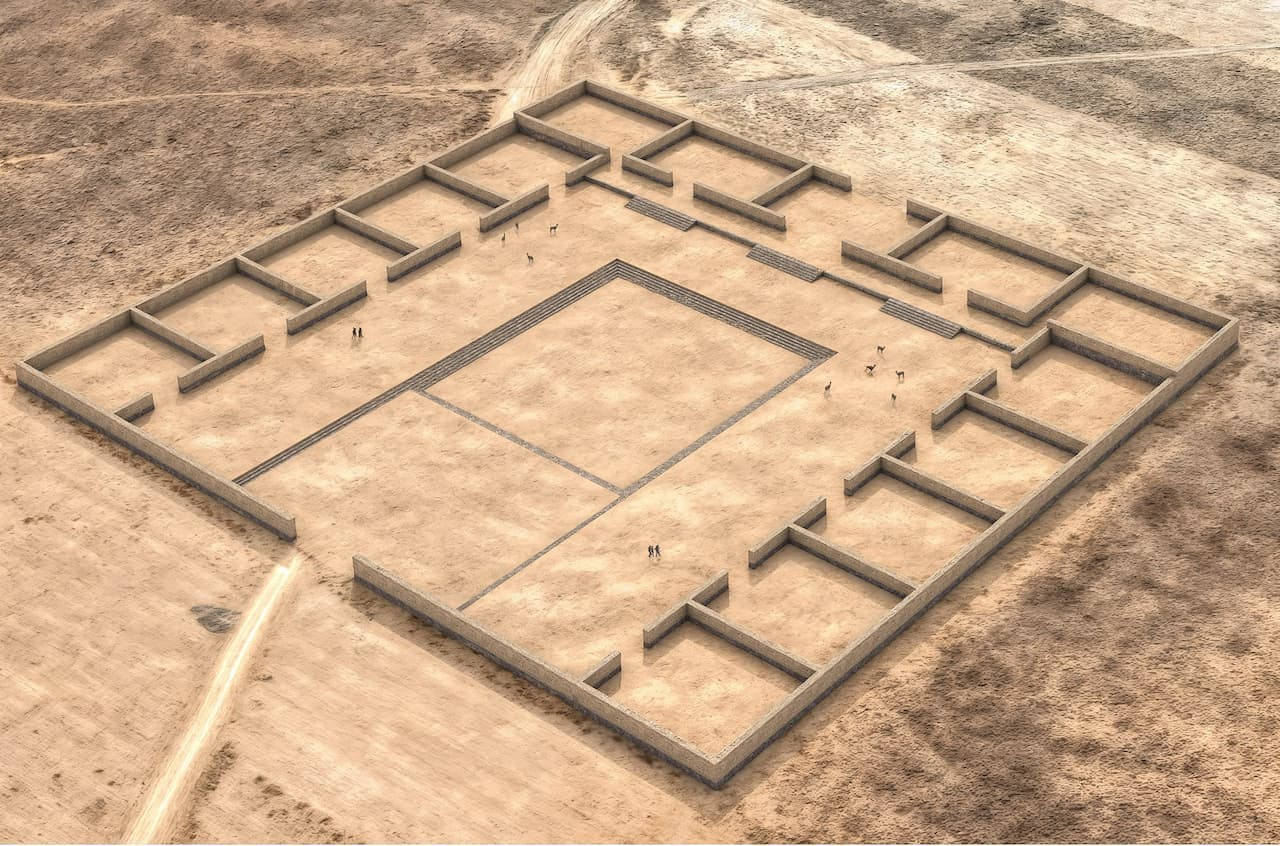A remarkable piece of ancient Greek metalwork, the bronze head of a griffin, has been officially returned to the Archaeological Museum of Ancient Olympia. This artifact, repatriated from the Metropolitan Museum of Art in New York in late February, has undergone a long journey of ownership changes spanning over a century. The handover ceremony took place in the presence of the Minister of Culture, marking a significant moment in the preservation and return of Greece’s cultural heritage.
A Historic Return to Its Homeland
During the ceremony at the Archaeological Museum of Ancient Olympia, the Minister of Culture emphasized the immense cultural and emotional significance of the griffin head’s return. She highlighted that the artifact, dating back to approximately 650–625 BCE, was once part of a bronze tripod cauldron adorned with three griffin heads. This cauldron was originally offered as a votive gift to Zeus, the father of the gods.
She stated, “This ceremony underscores the profound importance of repatriation, as this griffin head is restored to its rightful place. Over 2,500 years ago, people chose to dedicate this exquisite piece of Greek metalwork to Zeus. Every repatriation is a unique moment for the entire Ministry of Culture. The return of cultural artifacts illegally removed from our homeland is deeply connected to our cultural identity. Those who live in the land where these treasures belong can best appreciate their significance. This event also serves as a reminder of our nation’s major cultural demand: the repatriation and reunification of the Parthenon Sculptures in their birthplace, under the Athenian sky. May this griffin, a mythical creature combining the body of a lion with the wings and head of an eagle, serve as a good omen, signaling the eventual return of the masterpieces of Phidias to Athens.”
Tracing the Artifact’s Journey
Research conducted by the Directorate for Documentation and Protection of Cultural Property at the Ministry of Culture confirmed beyond any doubt that the griffin head at the MET was the same artifact originally discovered in Ancient Olympia in December 1914. The artifact was first unearthed by museum curator Themistocles Karachalios in the riverbed of the Kladeos River, near the ancient Gymnasium of Olympia. It had been displaced by river currents and was subsequently handed over to the Archaeological Museum of Ancient Olympia for cleaning and preservation.
The first official publication documenting the griffin head, complete with photographic evidence, appeared in the 1915 edition of the Archaeological Bulletin, the official journal of the Archaeological Service. According to archival research, the griffin head was stolen in the 1930s. The first recorded mention of its disappearance dates back to 1937–1938 in the annual report of German archaeologists excavating at Olympia. In 1940, the Archaeological Service launched an investigation into the theft, which was believed to have occurred in 1936. Legal action was taken against those responsible for safeguarding the museum’s collections at that time.
Further research in the MET archives confirmed that the stolen artifact was sold in the summer of 1936 by a Greek antiquities dealer to the American art dealer J. Brummer. In 1948, the griffin head was acquired by W. C. Baker, who later donated it—along with the rest of his collection—to the Metropolitan Museum of Art in 1971.
A Step Forward in Cultural Heritage Preservation
The repatriation of the griffin head underscores Greece’s ongoing efforts to recover its stolen cultural treasures. This return is not just an isolated case but part of a broader mission to safeguard and reclaim historical artifacts that belong to their native land. The event also strengthens the call for the return of other significant Greek antiquities, including the Parthenon Marbles.
As the griffin head takes its place once again in Ancient Olympia, it serves as a powerful symbol of cultural resilience and the enduring connection between the past and present.








